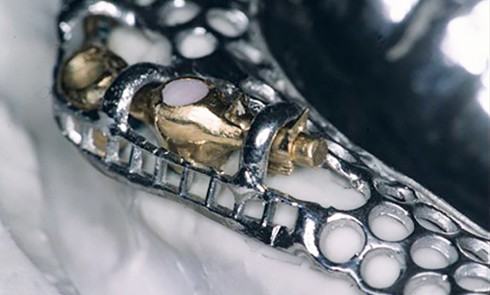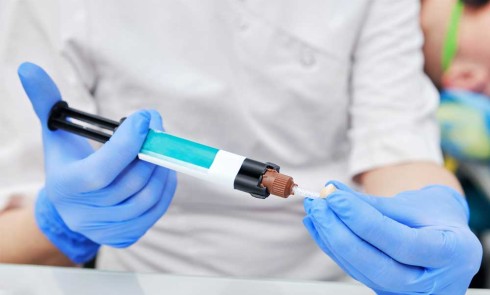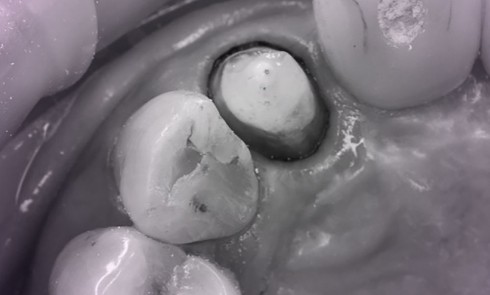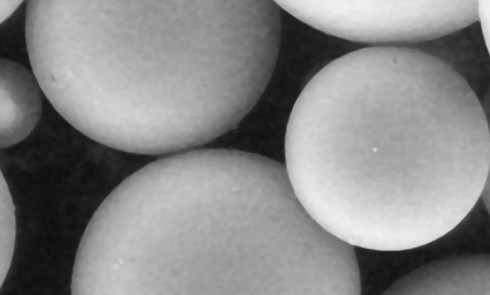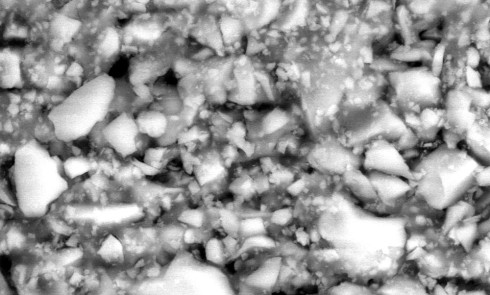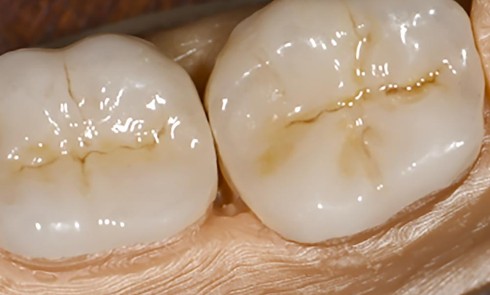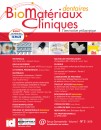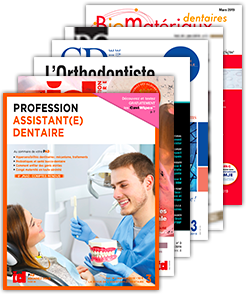So, is it still possible to have a biomimetic rationale using posts, when they are unvoidable3 ?
The answer is YES… whenever we reach a suitable, reliable and long-lasting bond strength.
And how to do it ? Well, lets try to understand a little bit of the whole process first, when dealing with adhesive bonding and fiber reinforced posts.
The use of fiber-reinforced posts (FRPs) in combination with composite core foundation materials for the restoration of root-filled teeth4 is widely accepted today as an alternative to cast post [1]. The major advantage of FRPs, used in alternative to metal and ceramic posts, is the similarity of their elastic modulus5 to that of dentin, which may lead to a better distribution of the occlusal loads along the root [2, 3, 4], whereas rigid posts generate high stress concentrations at the post-dentin interface (Pegoretti et al., 2002). FRPs also presents stress distribution closer to that produced in an intact tooth, which results in lower risk of root’s catastrophic fractures [5]. And reach mechanical behavior similar to an intact tooth is one of the biomimetics dentistry main goal.
To achieve this goal, it is very important to create strong, stable and homogeneous interfaces, and when dealing with FRPs, we need to remember that we are talking about two distinct interfaces: (1) FRP to core build-up materials6 and (2) FRP to root dentin. Although the adhesion in the root dentin (2) represents the weakest point7 of the restoration, the post/core composite adhesion needs to be considered, and this will be the first chapter of a two stage journey, one at this issue of BMC, and the other one, at the next issue… stay tuned8.
The retention and bonding stability of the core and post systems are important factors for the success of the definitive restoration [6]. As a consequence, the bonding of the interfaces in the core build-up system should be optimized [7, 8]. Core retention onto a post depends on the strength of the chemical and micromechanical…
And when bond a fiber reinforced post1 is a mandatory2 procedure? (Part 1)
- Par
- Publié le . Paru dans Biomatériaux Cliniques n°2 - 30 septembre 2016


Biomimetic dentistry allows the greatest preservation of dental structures. In an ideal scenario, posts, crowns, metal alloys and intentional endodontics will no longer be a part of the restorative routine. For many of us, who believe in the biomimetic approach, this is already, a reality. However, we all know there are some clinical situations where a huge coronal destruction of the dental structure is already present and we need to seek for additional retention, specially at the anterior zone where the resultant of the occlusal loads aren’t oriented towards the axial direction.
Cet article est réservé aux abonnés.
Pour lire la suite :
Vous êtes abonné.e ?
Connectez-vous

Pas encore abonné.e ?
Abonnez-vous

Abonnez-vous pour recevoir la revue et bénéficier des services en ligne et des avantages abonnés.
Vous pouvez également :
Acheter le numéro
À l'unité

